Disclosure: This article contains affiliate links. We may earn a commission from purchases at no extra cost to you, which helps our travel content.
Standing on the medieval cobblestones of Turku Castle's courtyard, I found myself tracing the weathered stone walls with my fingertips, feeling centuries of history beneath my touch. This wasn't my first visit to a European medieval stronghold, but there's something distinctly different about Finland's oldest city. Perhaps it's the way Turku balances its ancient core with striking modernist architecture, or how the Aura River threads through the cityscape like a timeline connecting past and present. As an urban explorer who's documented dozens of post-industrial cities across Europe, Turku offers something uniquely compelling – a compact, walkable center where medieval heritage coexists with bold Finnish design and unexpected pockets of urban creativity. This spring weekend adventure through Turku's hidden corners revealed a city that rewards the curious traveler willing to look beyond the obvious landmarks.
Navigating Turku's Architectural Timeline
The beauty of exploring Turku lies in its manageable scale – this is a city best discovered on foot or by bicycle. My urban expedition began at the imposing Turku Castle, Finland's largest surviving medieval building, where the massive granite walls tell stories dating back to the 1280s. Rather than rushing through the tourist hotspots, I spent an hour simply walking the perimeter, noticing how the structure's various additions reflect different historical periods.
From there, I followed the Aura River eastward, using it as my natural navigation system. The riverside path offers a perfect chronological journey through Turku's architectural evolution. Medieval stone buildings gradually give way to neoclassical elegance, then functionalist designs, and finally to striking contemporary structures.
One of my favorite discoveries was the Funikulaari – Turku's quirky hillside funicular that connects the river valley to Kakolanmäki hill. As someone who's documented cable cars worldwide, I found this 2019 addition charming despite its modest 132-meter track. It's free to ride and offers spectacular views across the city's rooftops. The contrast between this modern transport solution and the former prison complex at the top of the hill perfectly encapsulates Turku's blend of heritage and forward-thinking urban planning.
For those wanting to capture Turku's architectural contrasts, I recommend the compact camera I used throughout my trip. Its excellent low-light performance was particularly valuable inside Turku Cathedral and for evening shots along the illuminated riverbank.
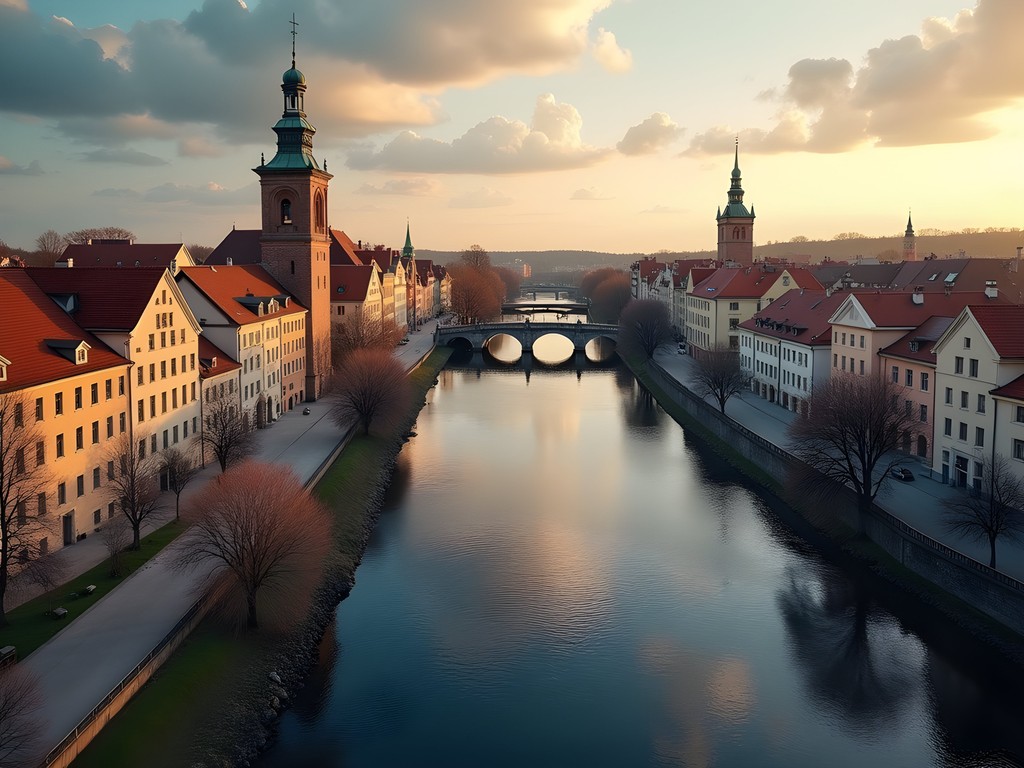
💡 Pro Tips
- Download the 'Walk in Turku' app for self-guided architectural tours
- Visit Turku Castle first thing in the morning to avoid crowds and capture the best light
- The Funikulaari runs from 7am to 9pm – time your ride for sunset views over the city
The Post-Industrial Rebirth of Kakola
My fascination with post-industrial spaces drew me to Kakolanmäki, where Turku's former prison complex has undergone a remarkable transformation. Having documented similar conversions in Sheffield and across Europe, I was keen to see Finland's approach to adaptive reuse.
Kakola Prison, operational until 2007, now houses apartments, restaurants, a brewery, and even a luxury hotel. The contrast between the imposing granite walls and contemporary Finnish interior design creates a fascinating dialogue between past and present. I spent hours photographing the thoughtful architectural details – original cell doors repurposed as design elements, former exercise yards transformed into community gardens.
The Kakola Brewing Company offers tours that combine the building's penitentiary history with craft beer tasting. Their taproom, set in former prison facilities, maintains much of the original industrial character while adding warmth through wooden furnishings and subtle lighting.
Most impressive is the Kakola Hotel, where former cells have been converted into stylish accommodations. I couldn't resist booking a night here, finding the juxtaposition of luxury amenities within the historic prison walls both thought-provoking and surprisingly comfortable.
During my exploration, I relied heavily on my portable power bank to keep my phone and camera charged throughout the day. With limited charging options while exploring abandoned corridors and former prison yards, having reliable backup power was essential.
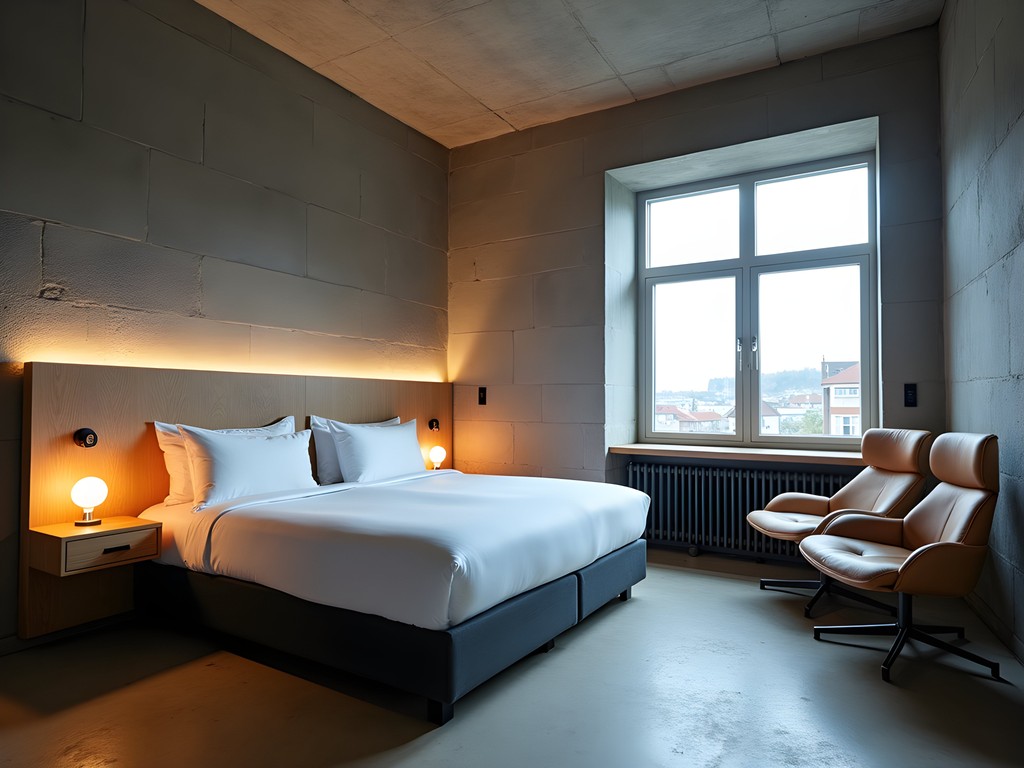
💡 Pro Tips
- Book the Kakola Brewing Company tour in advance – it fills quickly during spring and summer
- Request a room in the former cell block at Kakola Hotel for the full experience
- Visit the prison museum section first to appreciate the contrast with the renovated areas
Hidden Courtyards of Medieval Turku
While Turku's main streets offer plenty to explore, the city reveals its most intimate secrets within the hidden courtyards of its medieval quarter. Armed with my trusty pocket guidebook and recommendations from local architecture students I met at Café Art, I ventured beyond the obvious thoroughfares.
The Brinkkala Courtyard near the Old Great Square (Vanha Suurtori) became my favorite discovery. Entering through a narrow passage that I nearly missed, the courtyard opened to reveal a tranquil space surrounded by buildings from different eras, their facades telling stories of Turku's evolving architectural identity. In spring, the courtyard comes alive with small market stalls and the first outdoor seating of the season.
Nearby, the Handicrafts Museum (Luostarinmäki) preserves an entire quarter of wooden buildings that survived the Great Fire of 1827. Unlike many European open-air museums that relocate historic structures, these buildings stand in their original locations. Wandering the narrow lanes between these wooden craftsmen's homes offered a glimpse into pre-industrial urban life that felt remarkably authentic.
Most tourists never venture into the residential courtyards along Hämeenkatu, but after respectfully asking permission from a local resident, I was invited to see several interconnected yards where medieval foundations support 19th-century wooden structures. These spaces, neither fully public nor private, represent a distinctly Nordic approach to communal urban living that fascinated me as an urban planning enthusiast.
The narrow passageways between courtyards often feature unexpected street art – not the commissioned murals found in many European cities, but smaller, more intimate expressions that feel like visual conversations between residents and visitors willing to look closely.
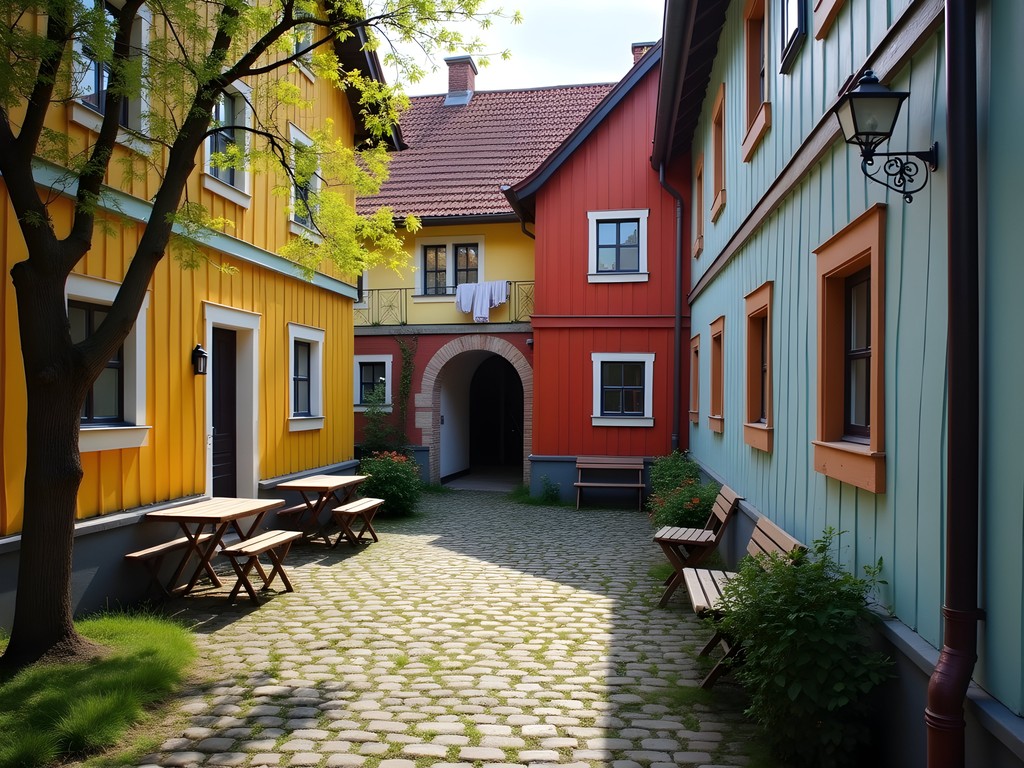
💡 Pro Tips
- Visit the Handicrafts Museum early in the day when craftspeople demonstrate traditional skills
- Respect residential courtyards by keeping noise down and asking permission before photographing private spaces
- Look for small wooden signs indicating public access to seemingly private passageways
Riverside Saunas and Urban Bathing Culture
No urban exploration of a Finnish city would be complete without experiencing its sauna culture, and Turku offers some fascinating interpretations of this national tradition. While Helsinki might be more famous for its public saunas, Turku's riverside facilities offer a more intimate connection between urban space and wellness rituals.
My most memorable discovery was Saaronniemen Sauna, a public facility located where the Aura River meets the archipelago waters. Unlike tourist-oriented saunas, this is where locals gather, making it an excellent opportunity to experience authentic Finnish bathing culture. The contrast between the hot sauna and the bracing spring waters of the river creates a sensory experience deeply connected to the landscape.
For something more centrally located, I spent an evening at Café Sauna, where a renovated public bath from the 1950s now houses both a traditional Finnish sauna and a stylish café. The building's mid-century architecture has been thoughtfully preserved, creating a space that honors Turku's more recent heritage while maintaining its original function.
Most surprising was discovering the sauna culture within Turku's student community. Through a local contact at the university, I was invited to a sauna evening at one of the student housing complexes, where the communal sauna serves as both wellness facility and social hub. These spaces rarely appear in guidebooks but offer insight into how traditional practices evolve in contemporary urban contexts.
For these sauna expeditions, my quick-dry travel towel proved essential – compact enough to carry throughout the day yet absorbent enough for multiple sauna sessions.
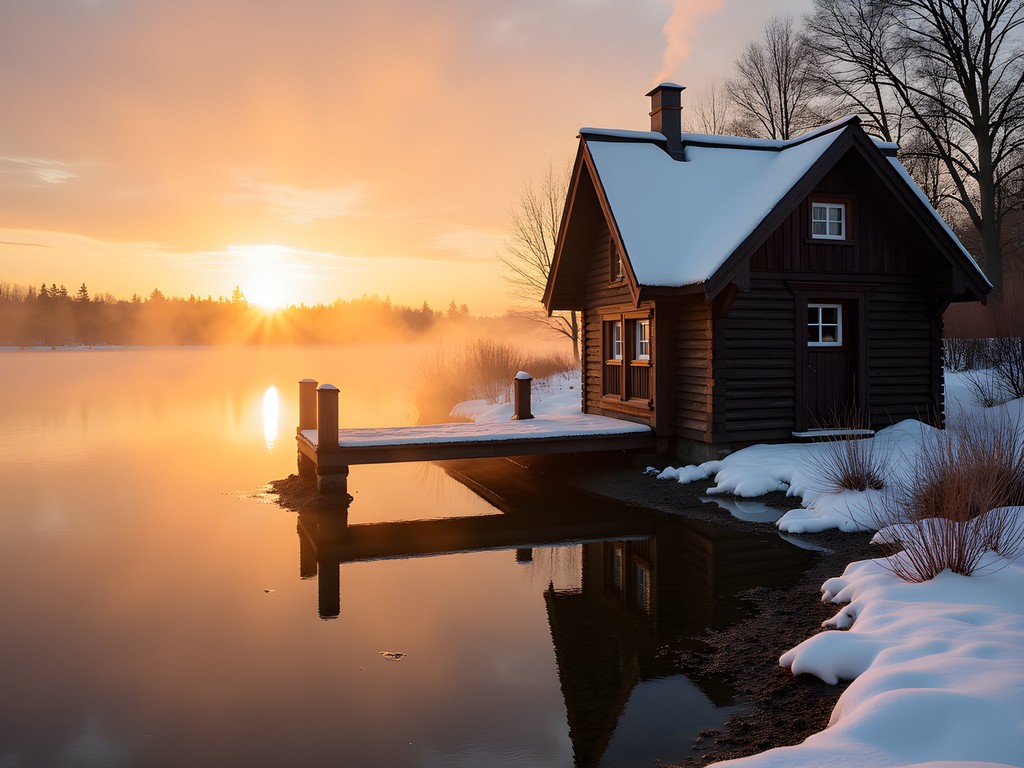
💡 Pro Tips
- Bring your own towel to public saunas or be prepared to rent one
- Tuesday evenings at Saaronniemen are typically less crowded than weekends
- Follow local customs – always shower before entering the sauna and respect quiet contemplation in the hot room
Underground Turku: Literal and Cultural
Beneath Turku's surface lies another dimension of the city – both literally and figuratively. My exploration of underground spaces began at the Aboa Vetus museum, where archaeological excavations have revealed medieval streets and building foundations now preserved beneath a contemporary art museum. Walking through these subterranean passages, touching walls built in the 14th century while contemporary art installations create thought-provoking juxtapositions above, epitomizes Turku's layered identity.
Beyond physical underground spaces, I sought out Turku's alternative cultural scene. The city's status as former European Capital of Culture has left a legacy of creative energy that thrives in unexpected venues. The repurposed industrial spaces along the eastern riverbank host everything from experimental theater to electronic music events, often announced only through local social media channels or handmade posters.
Barker Park, built on the site of a former cotton mill, exemplifies how industrial heritage can be reimagined as creative space. During my visit, a temporary sound installation occupied the preserved brick chimney, transforming this industrial relic into an acoustic instrument that responded to changing weather conditions.
My most serendipitous discovery came through following a group of local students to an unmarked door near the river. Inside, I found a volunteer-run cinema showing Finnish experimental films from the 1960s, projected onto the wall of what was once a grain storage facility. These spaces don't appear in conventional tourist literature but represent the authentic cultural undercurrents that make Turku fascinating for urban explorers.
Navigating these alternative spaces after dark required reliable illumination, and my compact headlamp proved invaluable for exploring dimly lit underground passages while keeping my hands free for photography.
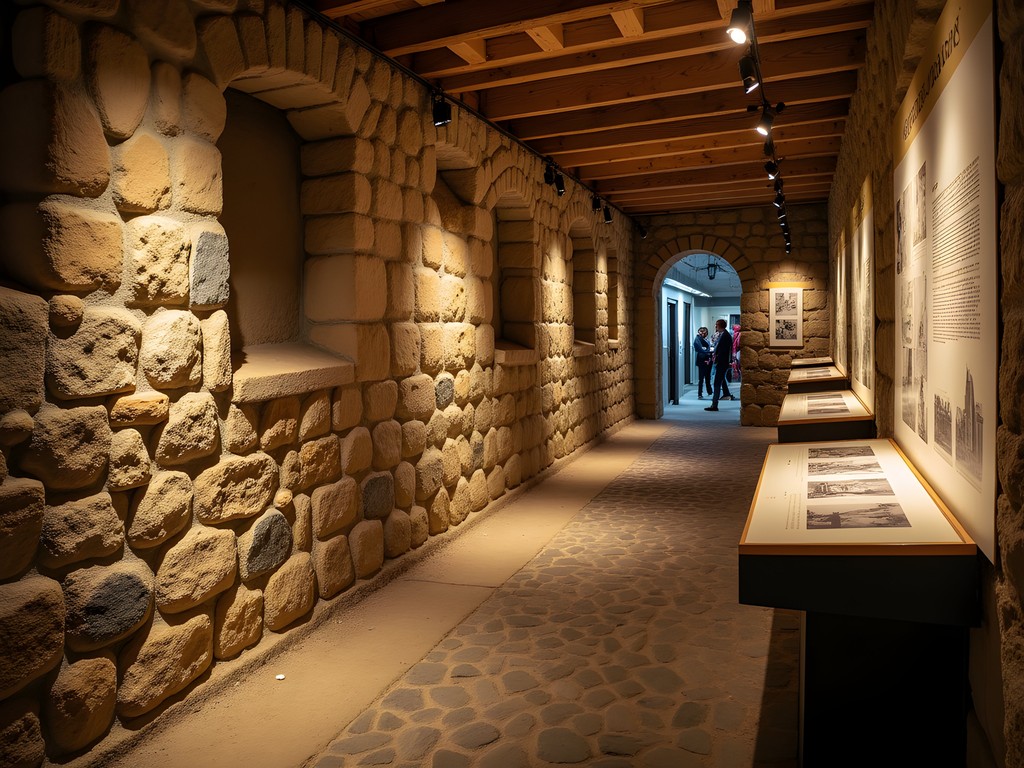
💡 Pro Tips
- Check bulletin boards at Café Art and the main university building for underground events and exhibitions
- Visit Aboa Vetus museum late in the afternoon when the archaeological sections are less crowded
- Look for small black and yellow stickers around the city – they often mark entrances to alternative cultural spaces
Final Thoughts
As my weekend in Turku drew to a close, I found myself back beside the Aura River, watching the evening light transform the water into a ribbon of gold between ancient and modern shores. What makes this city special isn't just its visible contrasts between medieval heritage and contemporary design, but the thoughtful way Turku has preserved its layers while remaining authentically Finnish rather than generically European. For the urban explorer willing to venture beyond the obvious landmarks, Turku rewards curiosity with intimate discoveries – hidden courtyards where history whispers, repurposed industrial spaces where creative energy thrives, and riverside paths that connect centuries of urban evolution. Whether you're tracing the transformation of a former prison into a design hotel or experiencing sauna culture alongside locals, Turku offers a uniquely Finnish perspective on how cities can honor their past while embracing the future. I'll return to Sheffield with fresh inspiration for documenting urban spaces that, like Turku, find strength in their layers of identity.
✨ Key Takeaways
- Turku rewards slow exploration – plan at least one full day with no fixed itinerary
- The city's compact size makes it perfect for walking exploration, with the Aura River serving as a natural navigation guide
- Look for adaptive reuse projects like Kakola Prison that showcase Finnish approaches to preserving industrial heritage
- Connect with locals through sauna culture for authentic experiences beyond tourist sites
📋 Practical Information
Best Time to Visit
Late April to early June
Budget Estimate
€80-120 per day including accommodation
Recommended Duration
2-3 days
Difficulty Level
Moderate

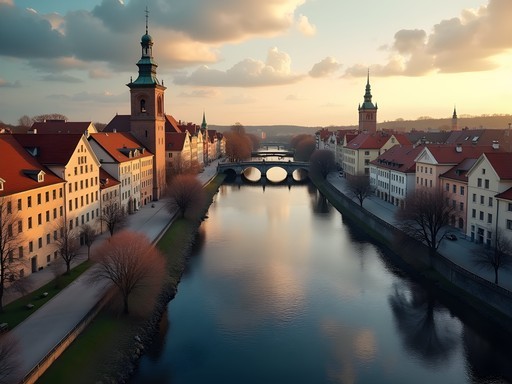
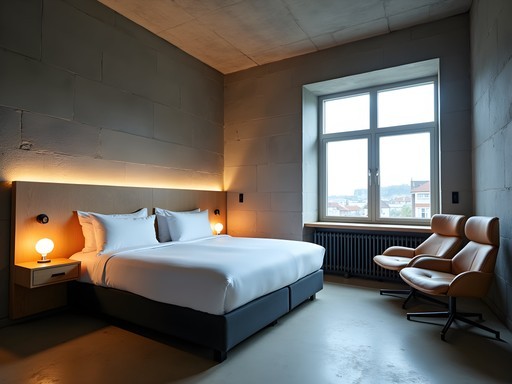
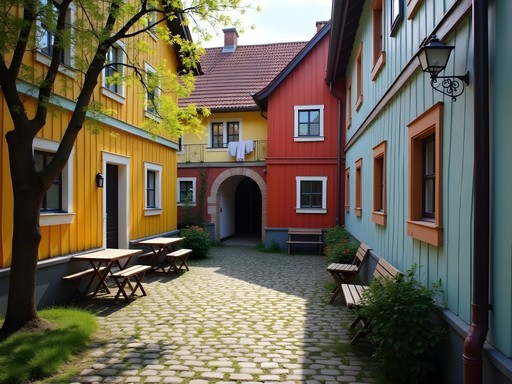
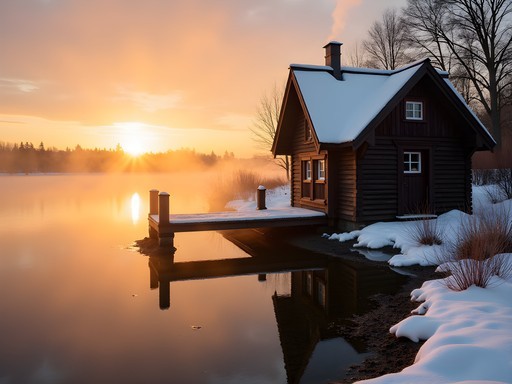
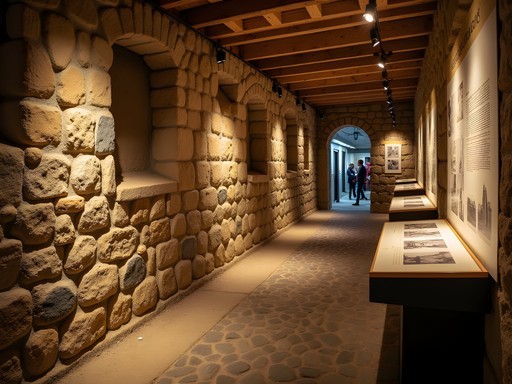








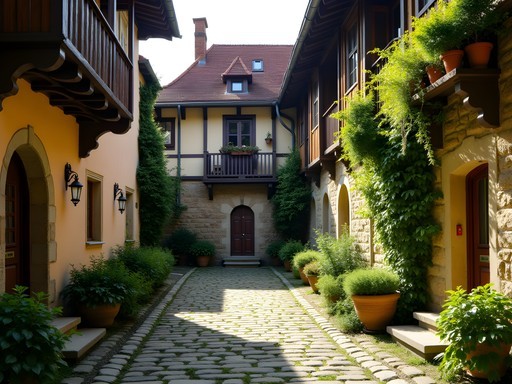
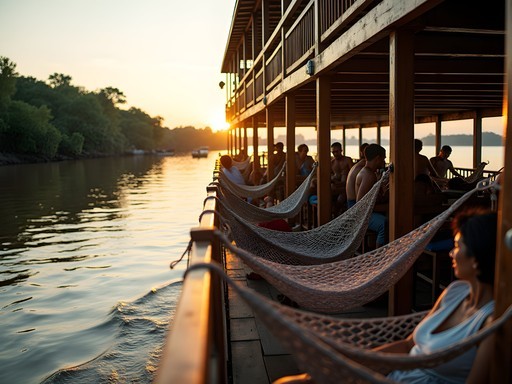
Comments
coolmate
How's the public transportation in Turku? Worth getting a pass or just walking everywhere?
roamqueen
We walked almost everywhere in the central areas! Only used the bus to get to and from the airport. The city center is super compact.
John Hart
Jerry, your exploration of Turku's contrasts resonates with my experience there last autumn. The Kakola district transformation is particularly fascinating - I spent an afternoon photographing the juxtaposition of preserved prison architecture against modern apartments and businesses. For those interested in urban exploration, I'd recommend visiting the Logomo cultural center, housed in a former railway engineering workshop. It exemplifies the industrial repurposing you highlighted. Don't miss the pedestrian bridge nearby with its excellent vantage point for photography. I used my travel tripod for some long exposure night shots of the illuminated river and bridges - the city has a completely different character after dark. The riverside walk from the castle to the cathedral is particularly magical at blue hour.
backpackway
Heading to Turku next month - how hard is it to find those hidden courtyards you mentioned? Any specific addresses I should look for?
Jerry Kelley
Most are in the Old Town area near the Cathedral. Look for small passageways between buildings - many aren't marked but are open to the public. The Tourism Office has a great free map that marks some of the best ones!
springgal
Love that shot of the castle with the sunset! Your photography really captures the mood of the city.
Hannah Woods
Excellent piece on Turku's dual nature, Jerry. I backpacked through Finland last year and spent three days in Turku, which wasn't nearly enough. The architectural contrasts are fascinating - medieval structures alongside functionalist designs and contemporary buildings. I found the Aura River to be the perfect navigation tool for first-time visitors; it essentially divides the city and provides a reference point. For those planning to visit: the public transportation is excellent, but Turku is wonderfully walkable. I'd recommend staying near the river for easy access to most sites. Winter visitors should check out the Christmas market at the Old Great Square - it's magical when covered in snow and much less crowded than Helsinki's markets.
springgal
Hannah, would you recommend visiting in winter? I'm torn between summer and winter trip planning.
Hannah Woods
Both have their charm! Summer gives you long days and outdoor cafés, but winter has that magical Nordic light and cozy indoor culture. If you don't mind cold, the winter atmosphere is special and less touristy.
wanderking
Those riverside saunas look amazing! Adding Turku to my list for sure.
roamqueen
Jerry, your post brought back so many memories! I visited Turku last summer and was blown away by how the city blends medieval charm with modern design. Those hidden courtyards you mentioned were absolute gems - we stumbled upon one behind an unmarked wooden door and found a tiny café serving the most amazing cardamom buns. Did you get a chance to visit the Turku Art Museum? The view from the hill is stunning, especially at sunset. And the Kakola area was such a surprise - who would've thought a former prison could become such a cool neighborhood!
Jerry Kelley
Thanks roamqueen! I did make it to the Art Museum - that view is incredible. Which café did you find? I'd love to add it to my list for next time.
roamqueen
It was called Café Qwensel in the Pharmacy Museum courtyard! Easy to miss but worth seeking out.
backpack_wanderer
If anyone's planning to visit, don't miss the Turku Market Hall! Amazing local food and the perfect place to try traditional Finnish pastries.
islandace
Any specific pastries you'd recommend trying?
backpack_wanderer
Definitely try korvapuusti (cinnamon rolls) and karjalanpiirakka (Karelian pies)! The market hall has some of the best in Finland.
finlandlover88
Your description of the riverside at sunset is making me homesick! Lived in Turku for a semester abroad and miss it every day.
journeyrider
Love the photos of Turku Castle! How cold was it in February? Thinking about a winter trip but worried about freezing temperatures.
Jerry Kelley
It was definitely cold! Around -5°C to -10°C (23°F to 14°F) most days, but with proper layers it was manageable. The snow makes everything magical though, and there are fewer tourists. Just pack a good insulated jacket and proper boots. I used my thermal gloves constantly!
journeyrider
Thanks for the honest feedback! Those temperatures sound challenging but doable. Maybe I'll aim for early March instead.
Venture X
Premium card with 2X miles, $300 travel credit, Priority Pass